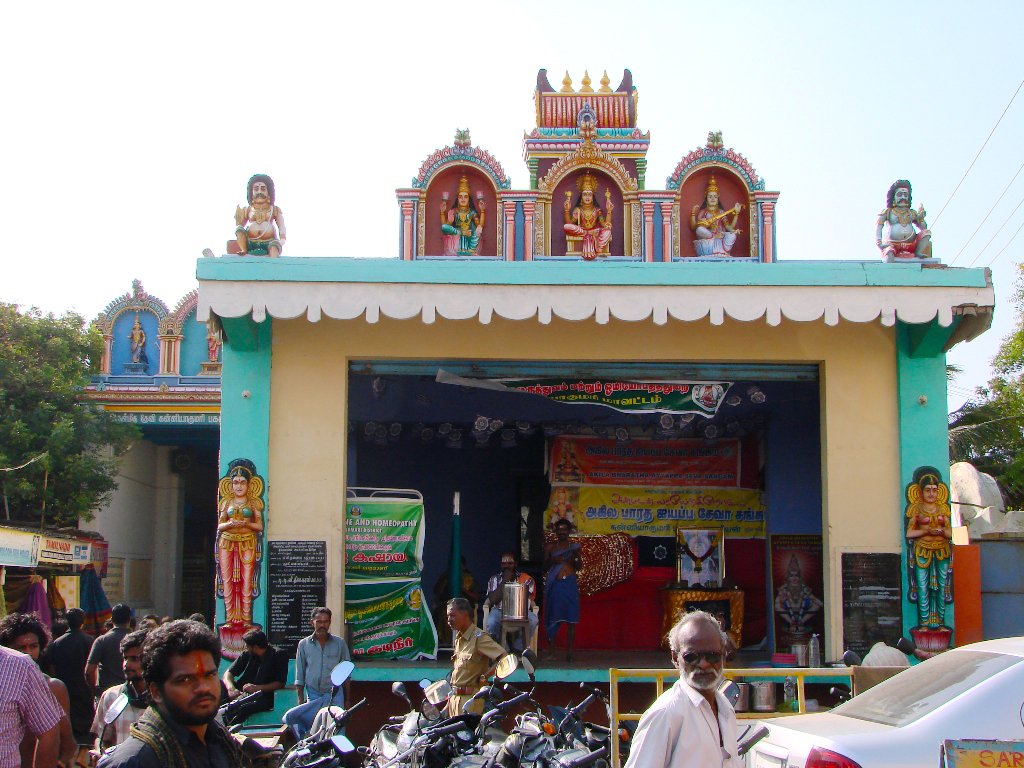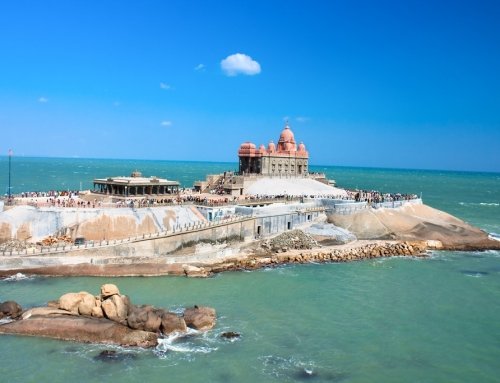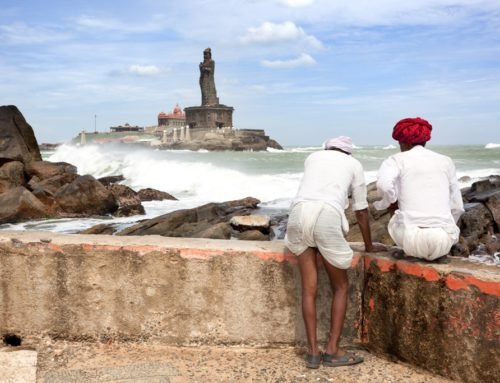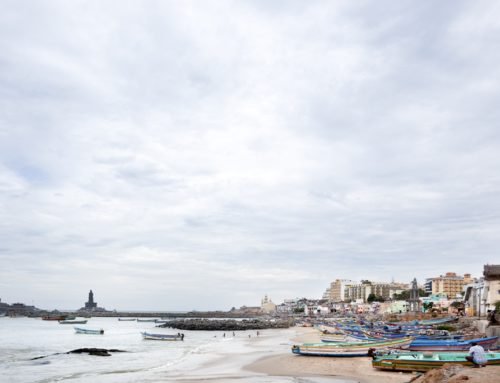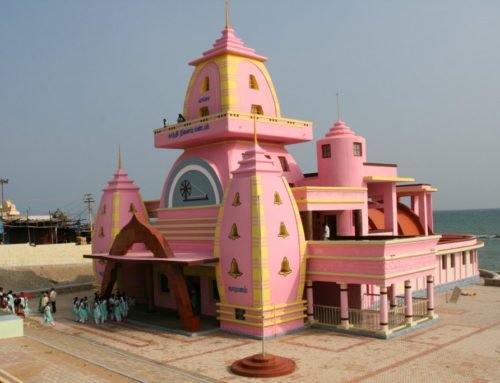Overview
- Features: Hindu temple dedicated to the Virgin Goddess Kumari
- Opening Times: 4:30 am to 12:30 pm & 4:00 pm to 8:00 pm, daily
- Best Time to Visit: Late October to early March
- Duration: 20 to 30 mins
- Travelled By: Foot
- Cost: Free (donation expected)
- Address: Beach Road, Kanyakumari, Tamil Nadu, India
- Type: Temple
Author Reviews[display_rating_item_results rating_form_id=”2″ rating_entry_ids=”1″ show_category_filter=”false” show_options=”true” result_type=”star_rating” preserve_max_rating=”true” show_title=”false” show_count=”false” ]
Total Rating: [display_rating_result rating_form_id=”2″ show_count=”false” show_rich_snippets=true] [accordions load=”1″] [accordion title=”User Reviews” last] [display_rating_item_results rating_form_id=”5″ show_options=”true” result_type=”star_rating” preserve_max_rating=”true” show_title=”false” show_count=”true” show_rich_snippets=true] [/accordion] [accordion title=”Add Review”][display_rating_form show_email_input=”true” show_comment_textarea=”true” show_name_input=”true” rating_form_id=”5″] [/accordion] [/accordions]
Summary
One of the most popular attractions in town is the Kanyakumari Temple which overlooks the shoreline. Dedicated to Kanya (Virgin) Goddess Kumari after which the town is named, this temple is visited by throngs of pilgrims daily.
Kanyakumari Temple
One of the most popular attractions in town is the Kanyakumari Temple which overlooks the shoreline. Kanyakumari is believed to be the abode of Kumari, the Virgin (Kanya) Goddess, who is supposed to have done penance here so that she could marry Shiva. The marriage, however, did not take place, since it was deemed that she remain a virgin in order to save the world. Her temple, the Kumari Amman Temple was built by the Pandya kings in the 8th century and was extensively renovated by the Chola, Vijayanagar and Nayaka rulers.
The legends say that virgin (kanya) goddess Kumari, a manifestation of the Great Goddess Devi, single-handedly conquered demons and secured freedom for the world. It is also believed that the exceptionally brilliant diamond in the deity’s nose ring, installed by Parasurama (Lord Rama, an avatar of Vishnu) himself, is visible even from the sea, and the sea-facing temple door is kept closed to prevent ships being misguided by the gem’s shimmer.
[singlepic id=858 w=720 h=560 float=center]
A magnificent structure, the temple has a Navaratri Mandapa with a beautifully painted panel of Mahishasuramardini (Durga killing the demon Mahisha). An 18th century shrine within the temple contains the footprints (sripadaparai) of the goddess Kumari, who performed her penance on this spot.
Devotees enter the temple through the north gate, making their way around various corridors and bridges before viewing the deity, here depicted as a young girl doing penance with a rosary in her right hand.
At this temple pilgrims give their thanks in an intimately spaced, beautifully decorated temple, where the nearby crash of waves from three oceans can be heard through the twilight glow of oil fires clutched in vulva-shaped votive candles (a reference to the sacred femininity of the goddess).
Non-Hindus wishing to enter the temple must remove shoes, and men must remove shirts and wear a dhoti (although a lungi passes; purchase one before you visit the temple). A willing temple priest will lead you on a very brisk (queue-jumping) tour of the temple, ending with the obligatory suggestion that a donation would be quite acceptable. Cameras are forbidden in the temple.
Getting to & from Kanyakumari Temple
Located on the seashore, it is easy to get to Kanyakumari Temple on foot. Walking around the seafront is a lovely experience as you get to see the pilgrims and tourist shops along the way.


